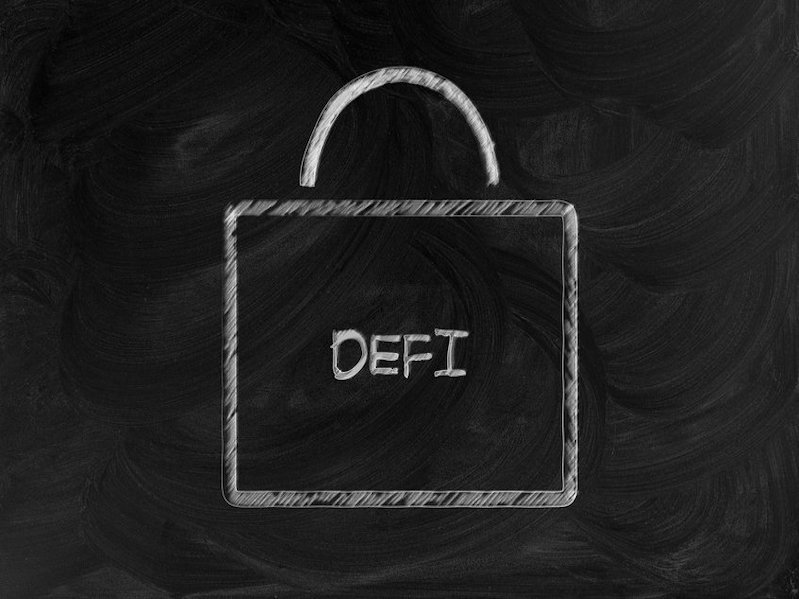Why DeFi?
In the crypto world, and in the general press, we hear lots of talk about DeFi. Yet, it is still often misunderstood, or even not understood by most. So, why DeFi?
To understand DeFi, the context of crypto matter. At its core, blockchain creates a way to have information, money and other assets move without a trusted third party. As an example, historically, if you sent money from your bank to someone else, the banks, as trusted third parties, would adjust their registries. In blockchain based transactions, there is no trusted third parties – it is the agreement of the network itself that changes the information and movement of assets.
This is the unique asset of blockchain/crypto, from which everything else derives. And yet, when you wanted to do many central transactions, such as exchange from one crypto asset to another, or lend out your assets or borrow assets, you had to centralize on an exchange.
In fact, many crypto exchanges sprung up to do exactly this. You would sign your assets over the exchange (or similar platform), do your crypto transaction, and then withdraw. This created an inherent contradiction. While the benefit of the technology was its decentralization, to actually do anything with it other than transfer, you had to centralize it.
Centralization could potentially eliminate many of the advantages of the technology. So, in the last few years, many developers got to work, and figured out ways to do much of the activities within a decentralized fashion, meaning that there is no single choke point for most actions. In addition, the decentralized exchanges, lending, etc. may have other advantages, such as product innovation, faster time to market and lower fees (though not always).
As these have sprung up, people are using them, and often quite a bit. There are over 15 exchanges/farms (according to DeFiPulse) with over $1B of assets staked. We use the term staked because they have been ‘signed over’ to the entity, but can be withdrawn by the owner of the original wallet. The core element of DeFi is “your keys, your assets.” You keep them and can withdraw or move as you see fit.
DeFi is currently exploding. Many see it as an opportunity to take back the finance system from banks and benefit asset holders and customers. At a high level, a year ago, Wells Fargo bank had $85B in revenue. This revenue, like all banks, came from two primary sources: interest income on the spread between deposits/lending and fees. All this money was used to pay the workforce, buildings, profits and other expenses. With a dramatically lower expense base, there is certainly an opportunity, for many products, to greatly improve the offerings. And, this is the crux of DeFi.
In future blogs, we’ll touch on how DeFi exchanges and others work, and specific risks to DeFi. Stay tuned.





